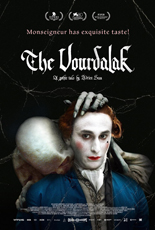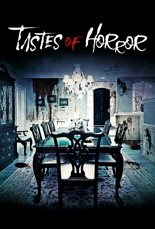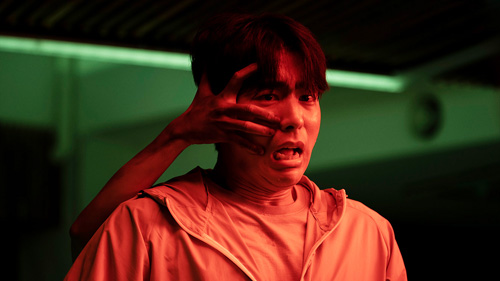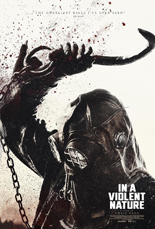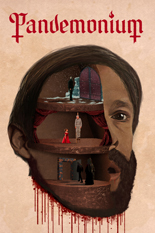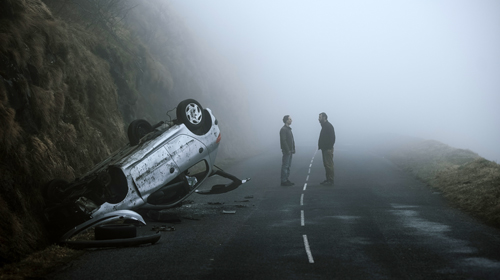
Adapted from an 1841 novella by Aleksey Konstantinovich Tolstoy, The Vourdalak marks the directorial debut of Adrien Beau. The Gothic vampire tale set in 18th-century Eastern Europe centers on a wayward Marquis (Kacey Mottet Klein) who finds himself at the mercy of a strange family living in a rural manor.
The old patriarch Gorcha has disappeared, leaving his kin to fight a band of Turks plaguing the area. He told his children, the effeminate Piotr and mysterious Sdenka (Vassili Schneider and Ariane Labed, respectively), that if he is gone longer than six days, but returns, he should not be let back into the house, as he will have transformed into a dreaded vourdalak. Gorcha’s eldest son, Jegor (Grégoire Colin), dismisses such concerns as mere superstitions, but Piotr, Sdenka and Jegor’s wife (Claire Duburcq) aren’t so certain. The Marquis isn’t sure what to think, and he is distracted by his sudden and insatiable attraction to Sdenka.
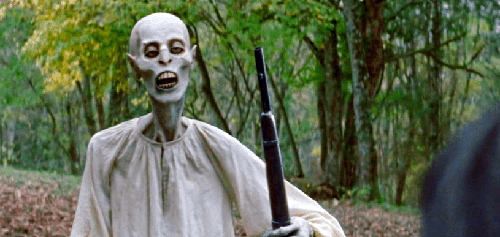
Gorcha returns just after the hour marking his sixth day gone, and he is very obviously no longer human. So much so, the character isn’t portrayed by a human at all, but rather a ghoulish puppet voiced by director Beau. Everyone can plainly see Gorcha is a vourdalak, except for Jegor, whose patriarchal stubbornness keeps him from seeing the truth the women and sensitive Piotr plainly see. He brings his father inside, and naturally, mayhem follows.
But this is mayhem of a more quiet sort, as the film is indebted to the atmospheric European horror films of the 1960s and 1970s. It also was shot on Super 16mm, giving its images sumptuous grains and ever-so-slightly faded colors, furthering its connection to cinema of old. The Vourdalak is quietly and grotesquely funny, especially in scenes involving Gorcha, whose blatant inhumanity is both perverse within the universe of the film and a practical effects marvel. It’s overall a stellar debut for Beau, one that feels more like the work of an old master than a relative newcomer, and a gloriously oddball entry into the vampire canon. —Christopher Shultz

